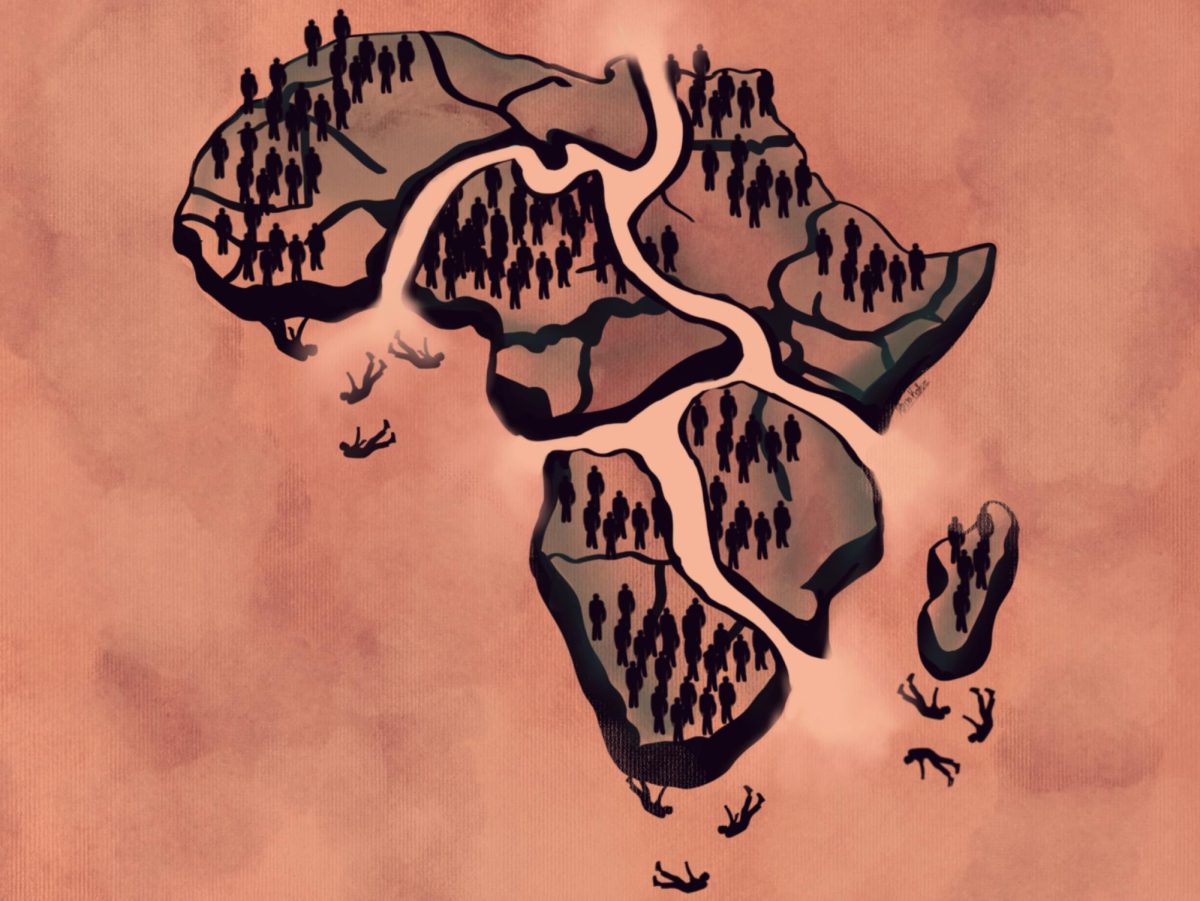East should require community service
November 10, 2013
Cherry Hill East has been included in numerous lists of the top high schools in New Jersey since its founding in 1967. We have strong test scores, great student integrity and an impressive selection of after-school clubs. But we are missing an important part to the formation of well-rounded students, and that is community service.
East does provide some excellent opportunities for students to help others through clubs such as Habitat for Humanity, but those who opt to participate are in the minority of the school. Instead, all students should be prompted to help our surrounding communities because volunteering develops teamwork, encourages responsibility and introduces students to new experiences that better prepare them for life after high school.
The selection of possible actions is bountiful and diverse. From rehabilitating pets at animal shelters, to donating time at a nearby hospital, students should not have trouble selecting an activity they feel comfortable doing. The only problem that remains is to motivate students to do these activities.
There are two ways to prompt students to volunteer: stimulating them through awards and prizes or making community service a graduation requirement. The latter option is what seems more pertinent and effective. Though it may seem cruel to forcibly add yet another occupation to the already hefty list that students carry, it is the only way to involve the whole school in volunteerism. With awards and prizes, only those who are motivated by a shiny trophy or diploma would participate.
When I lived in South Carolina two years ago, students were required to complete 20 hours of community service activities in middle school. But it is not just South Carolina. In fact, of the ten best high schools in New Jersey, as ranked by U.S. News, seven of them require community service, with the average amount of hours per the duration of high school as 95. The fact that these top high schools require volunteer work proves how positive its impact is on a scholar’s education.
But compared to New Jersey as a whole, seven out of ten schools to require community service is an abnormality. Of ten randomly selected high schools throughout New Jersey, only one required community service.
East should do its part in closing this huge discrepancy. If it were to require community service not only would our school probably receive an even more esteemed rank–we are currently #44 out of 396 total public high schools in New Jersey–but students would have the incentive to face new experiences and to develop themselves in ways beyond just the academic realm.








